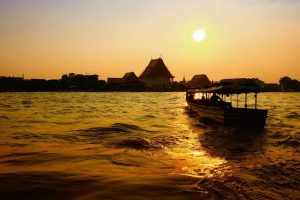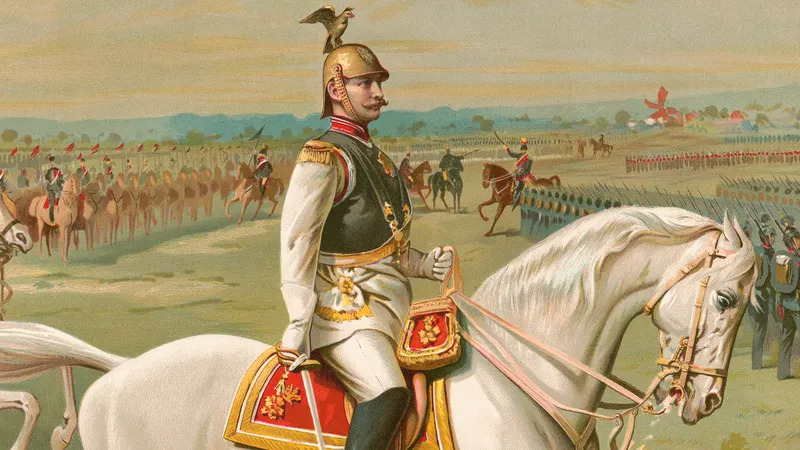
Embarking on a tour of its historical sites from this tumultuous period provides a moving and reflective experience, allowing visitors to connect with the narratives of a country that faced its darkest moments head-on. In this exploration, we’ll traverse some of Germany’s most crucial WWII sites, each bearing witness to the challenges and tribulations of a war that shaped the course of history.
Berlin: The Epicenter of Political Upheaval:
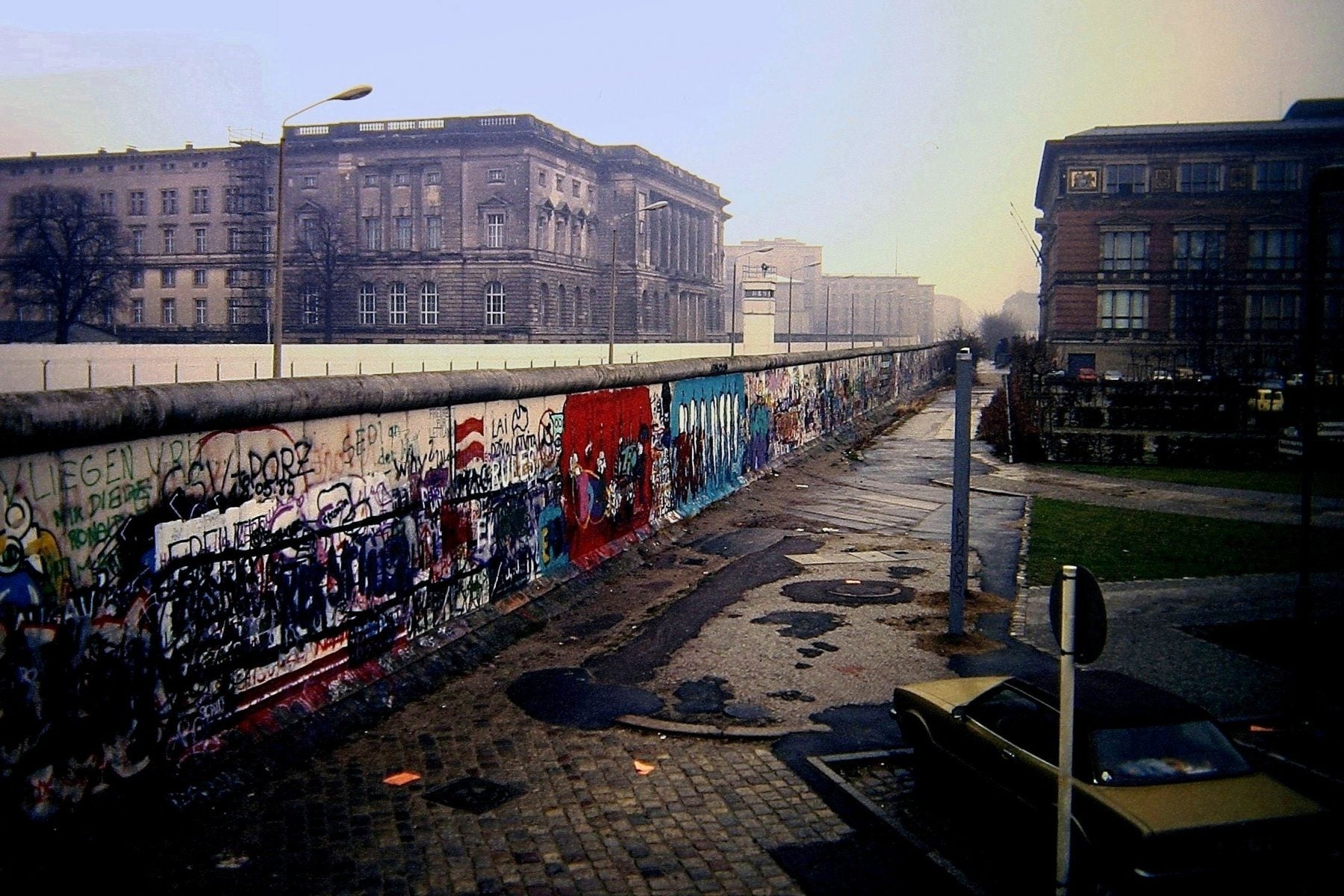
Our journey begins in Berlin, the heart of Germany, where the city’s pivotal role in the political events of World War II cannot be overlooked. Situated on the remnants of the SS and Gestapo headquarters, the Topography of Terror Documentation Center serves as a haunting reminder of the terror machinery that operated within those walls. Navigating through the exhibits, photographs, and documents unveils a chilling understanding of the mechanisms of oppression and persecution.
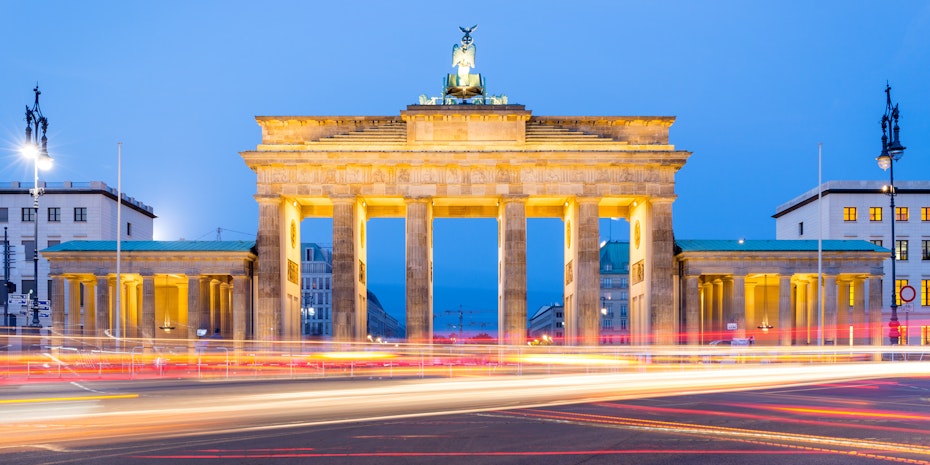
Exploring Berlin also means coming face to face with the tangible remains of a divided city. The Berlin Wall, once a symbol of the Iron Curtain, now stands as a powerful reminder of the city’s tumultuous past. The East Side Gallery, a section of the wall adorned with vibrant murals, adds a poignant artistic touch to the historical significance of this structure.
Nuremberg: Where Justice Resounds:
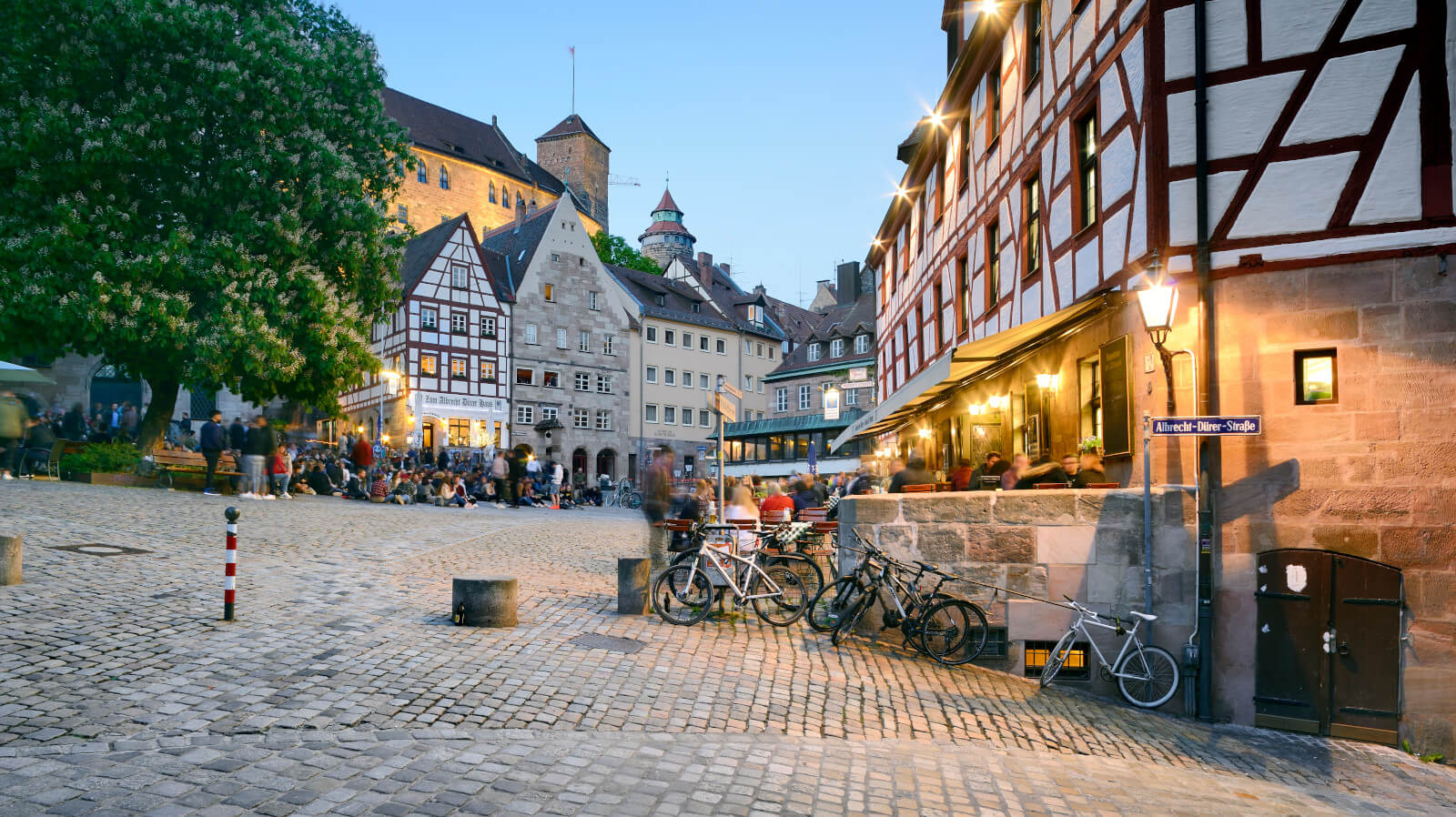
Heading south to Nuremberg, known for its medieval charm, we encounter a site of immense historical importance—the Nuremberg Palace of Justice. Within these walls, the Nuremberg Trials unfolded, where prominent figures of the Third Reich faced accountability for their heinous crimes. Preserved meticulously to maintain its original appearance, the courtroom allows visitors to step back in time and witness the unfolding of justice.
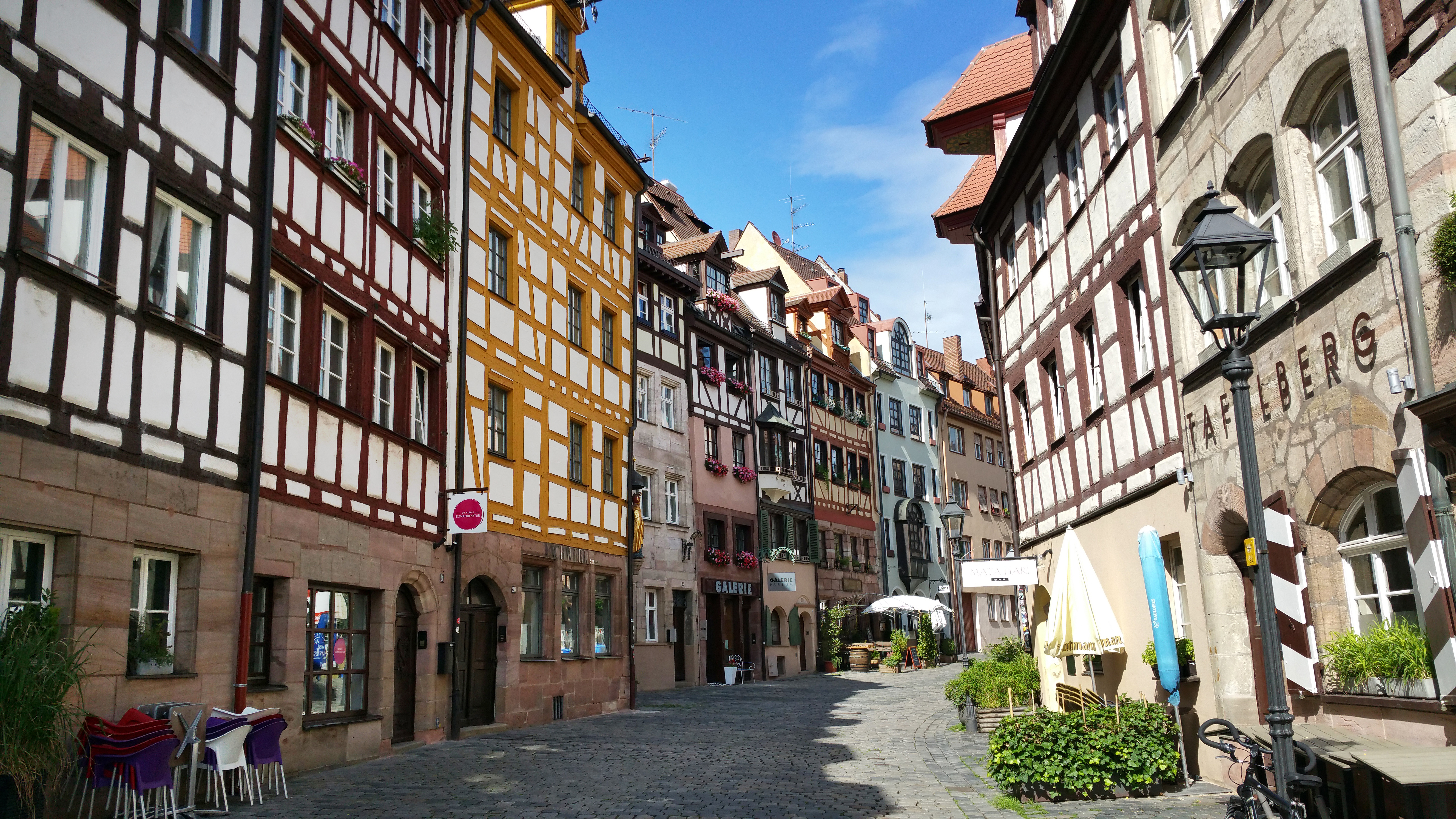
Adjacent to the courtroom, the Nuremberg Trials Documentation Center offers a comprehensive overview of the legal proceedings. Through photographs, documents, and artifacts, the center illuminates the complexities of the trials, emphasizing the importance of holding individuals accountable for war crimes, crimes against humanity, and genocide.
Dachau: The Silent Witness to Horror:
A visit to Dachau Concentration Camp, located near Munich, is a somber pilgrimage into the darkest depths of human history. As the inaugural Nazi concentration camp, Dachau stands as a grim reminder of the horrors of the Holocaust. The preserved barracks, watchtowers, and the harrowing crematorium serve as tangible evidence of the atrocities committed within those confines.

The Dachau Memorial Site transcends being just a museum; it is a place for reflection and remembrance. Visitors gain insight into the daily lives of prisoners, the inhumane conditions they endured, and the resilience of the human spirit in the face of unimaginable suffering.Walking through this haunting site, one can’t help but feel a profound sense of responsibility to ensure that the lessons learned from history are never forgotten.
Normandy Bridge: Bridging Past and Present
The Normandy Bridge, inaugurated in 1995, stands as a symbol of reconciliation and the echoes of World War II. Designed by Michel Virlogeux and François Doyelle, it spans the Seine River in northern France, near the historic D-Day landing sites.

The bridge serves as a reminder of sacrifices made during the pivotal moment, symbolizing the region’s transformation from a battleground to a symbol of healing.
Connecting the present with the past, the bridge offers a tangible link to the heroism and sacrifices of those who fought for freedom. Beyond its historical significance, the bridge has become an economic and cultural lifeline, fostering trade, tourism, and collective pride.
Wewelsburg Castle: Unraveling Himmler’s Enigma:
Nestled in the rolling hills of North Rhine-Westphalia, Wewelsburg Castle is an architectural puzzle linked to the dark ambitions of Heinrich Himmler, a key figure in the Nazi regime.
Himmler envisioned Wewelsburg as the ideological center of the SS, a place veiled in mysticism and intended to be a focal point for the SS cult. Exploring Wewelsburg Castle unveils the cryptic architecture and eerie symbolism permeating the site. The castle’s North Tower, particularly with its enigmatic design and crypt-like space, sparks intrigue and contemplation about the esoteric plans that Himmler harbored.
Conclusion:
A tour through Germany’s WWII sites is a profound and transformative journey. These historical locations are not mere remnants of a bygone era; they are living testament to the resilience of a nation that has confronted its history with openness, transparency, and an unwavering commitment to remembrance. As we explore these poignant sites, we are reminded not only of the immense human suffering but also of the collective responsibility to ensure that the lessons of history are passed down to future generations. It is through understanding, remembrance, and a commitment to peace that we honor the past and strive to build a more compassionate and enlightened future.


